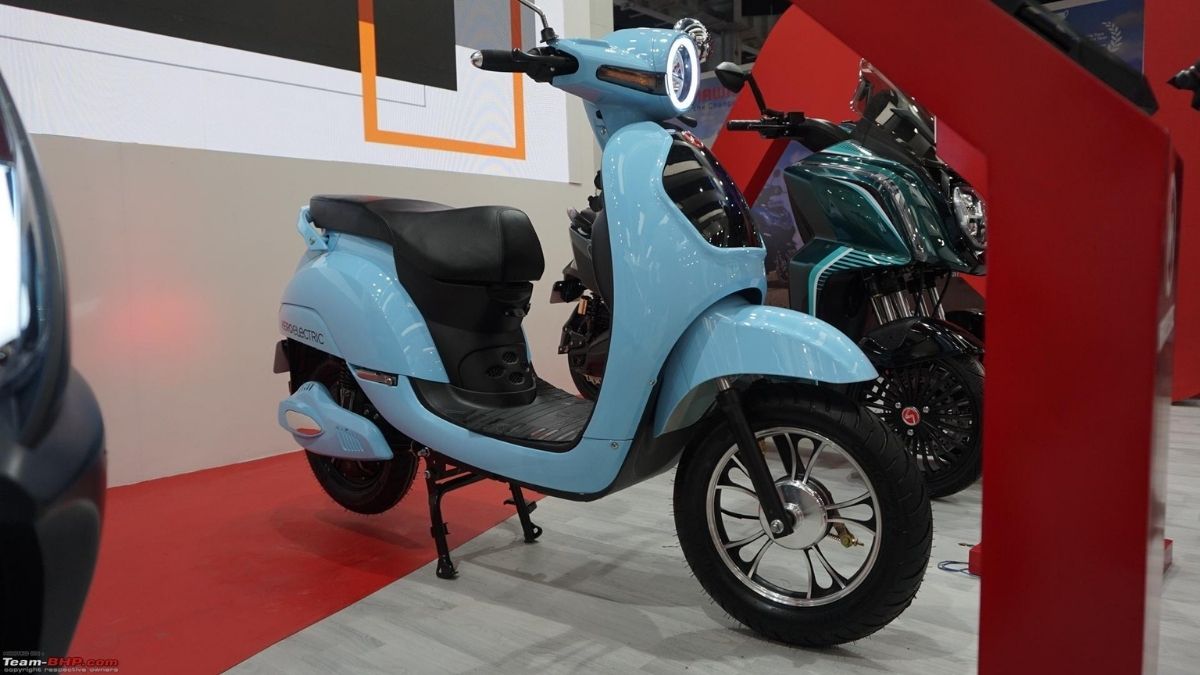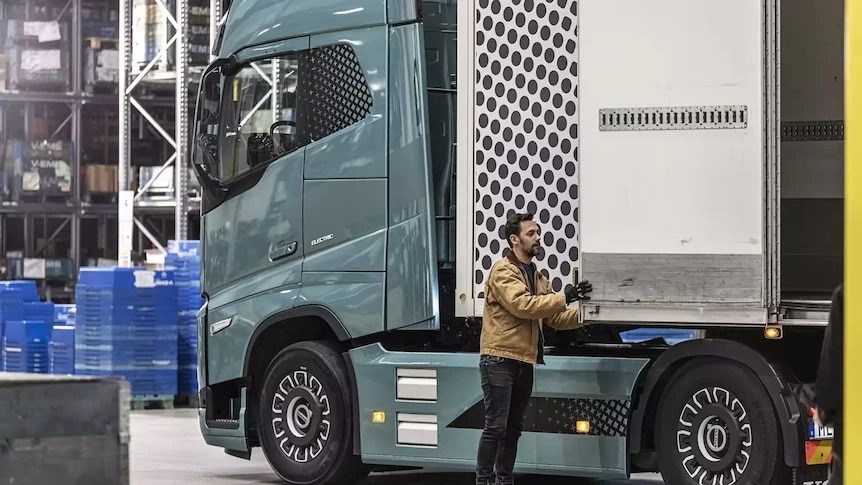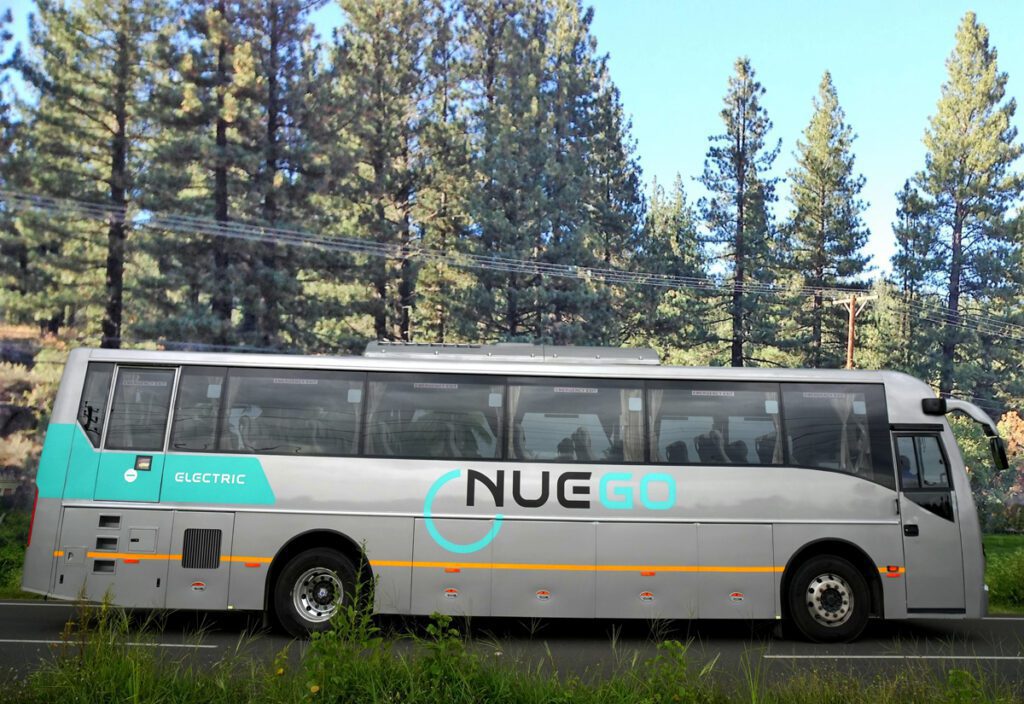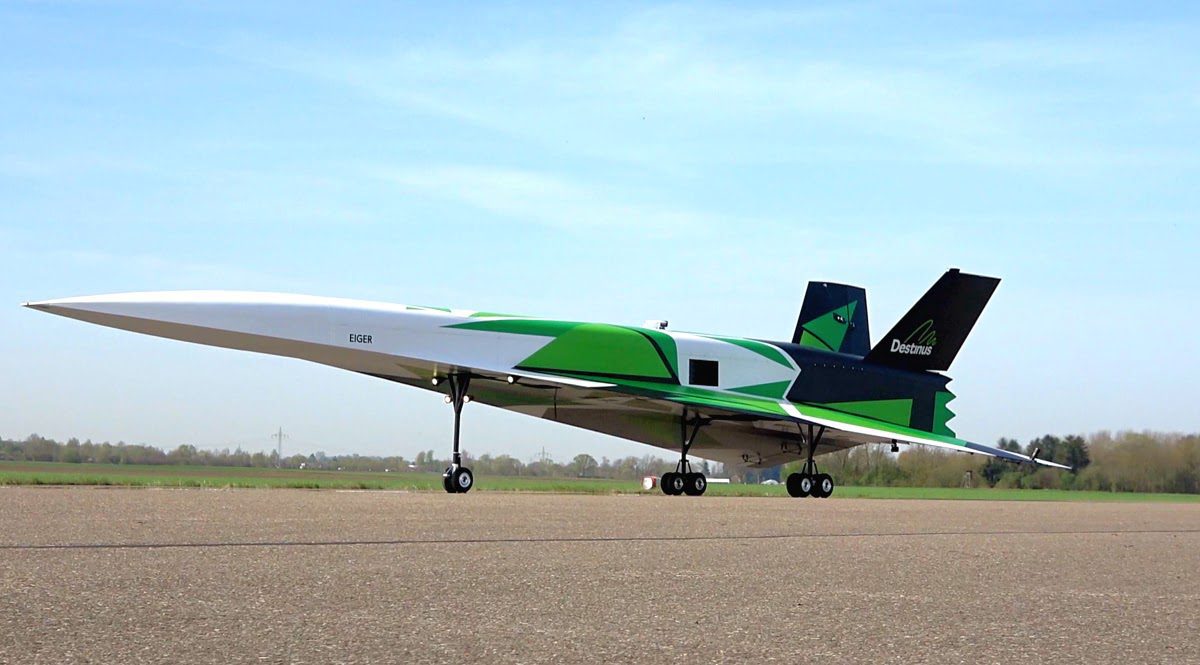As our world becomes more interconnected and our cities grow more congested, the need for efficient and sustainable transportation solutions has become increasingly apparent. One technology that holds immense promise in revolutionizing commuting is the Maglev train. Short for magnetic levitation, Maglev trains have the potential to transform the way we travel, offering unparalleled speed, comfort, and environmental benefits. In this blog, we will explore the exciting possibilities that Maglev trains present and how they could change the way we commute.
1. Unprecedented Speed: A New Era of Rapid Transit
One of the most remarkable features of Maglev trains is their incredible speed. Unlike traditional trains that rely on wheels, Maglev trains hover above the track using magnetic levitation, eliminating friction and allowing for much faster travel. Through powerful magnetic forces, Maglev trains can reach speeds that surpass those of any other mode of transportation. For instance, the Shanghai Maglev Train, the first commercial Maglev train in the world, has already achieved record-breaking speeds, reaching a top speed of 431 km/h (267 mph). Imagine being able to commute hundreds of kilometers in just a fraction of the time it currently takes, making previously distant destinations suddenly accessible for work, leisure, or even day trips.
2. Enhanced Comfort and Safety
Maglev trains offer a significantly smoother and quieter ride compared to conventional trains. Since they operate without wheels touching the track, passengers experience minimal vibrations and noise. This enhanced comfort makes commuting a more enjoyable experience, reducing travel fatigue and increasing productivity. Additionally, Maglev trains are designed with advanced safety features, including precise control systems and automatic braking, further enhancing passenger security.
3. Environmental Benefits
The environmental impact of transportation is a pressing concern in today’s world. Maglev trains offer a greener alternative to traditional modes of commuting. With their use of magnetic propulsion, they produce no direct emissions, making them a clean and sustainable transportation option. Additionally, Maglev trains can be powered by renewable energy sources, further reducing their carbon footprint and contributing to a greener future.
4. Efficient Use of Space
As cities become more crowded, utilizing space effectively becomes crucial. Maglev trains have the advantage of being elevated or underground, freeing up valuable land in urban areas. Their streamlined design requires narrower tracks compared to conventional trains, allowing them to navigate through narrow corridors or densely populated areas. This efficiency in space utilization makes Maglev trains ideal for expanding transportation networks in congested cities.
5. Connectivity and Economic Growth
The introduction of Maglev trains can revolutionize connectivity between cities and regions. By drastically reducing travel times, Maglev trains enhance accessibility and encourage economic growth by facilitating the movement of people, goods, and ideas. They can connect distant locations effectively, transforming regional economies and opening up new opportunities for business, tourism, and collaboration.
Maglev trains have the potential to transform the way we commute, offering unprecedented speed, enhanced comfort, and significant environmental benefits. As our cities continue to grow, investing in advanced transportation solutions like Maglev trains becomes imperative. With ongoing research and development, we can look forward to a future where commuting is faster, more efficient, and more sustainable. The day when Maglev trains become a common sight in our transportation networks is not too far away, and it holds the promise of revolutionizing the way we travel for generations to come.





















Leave feedback about this